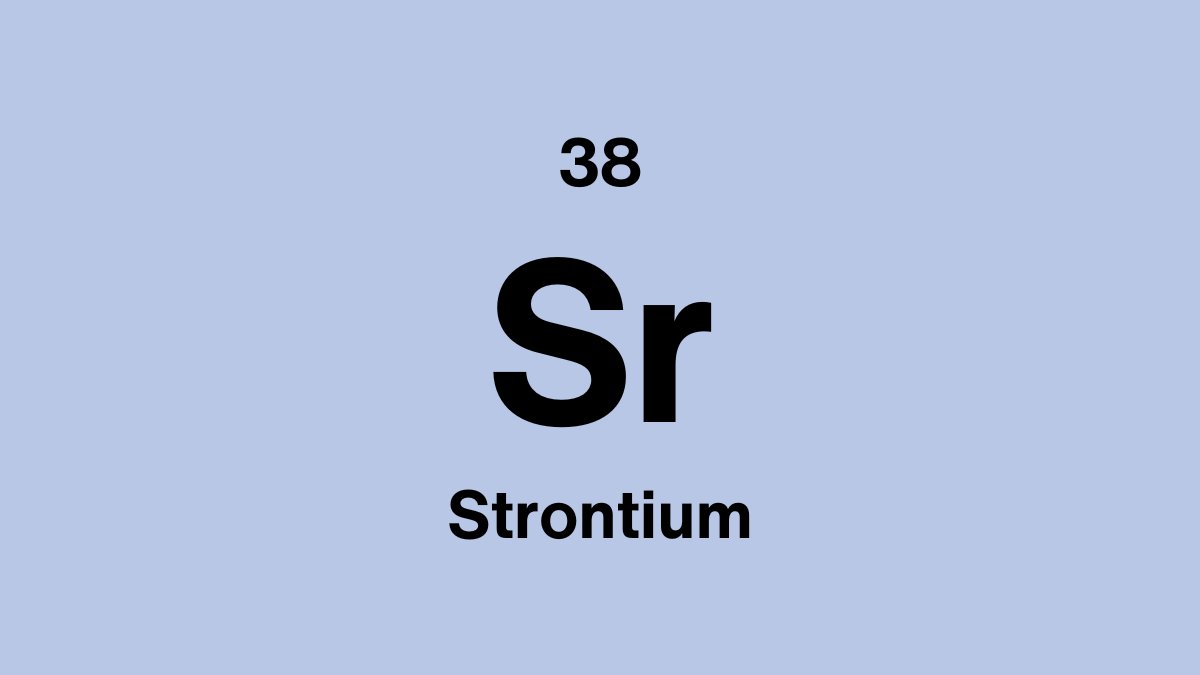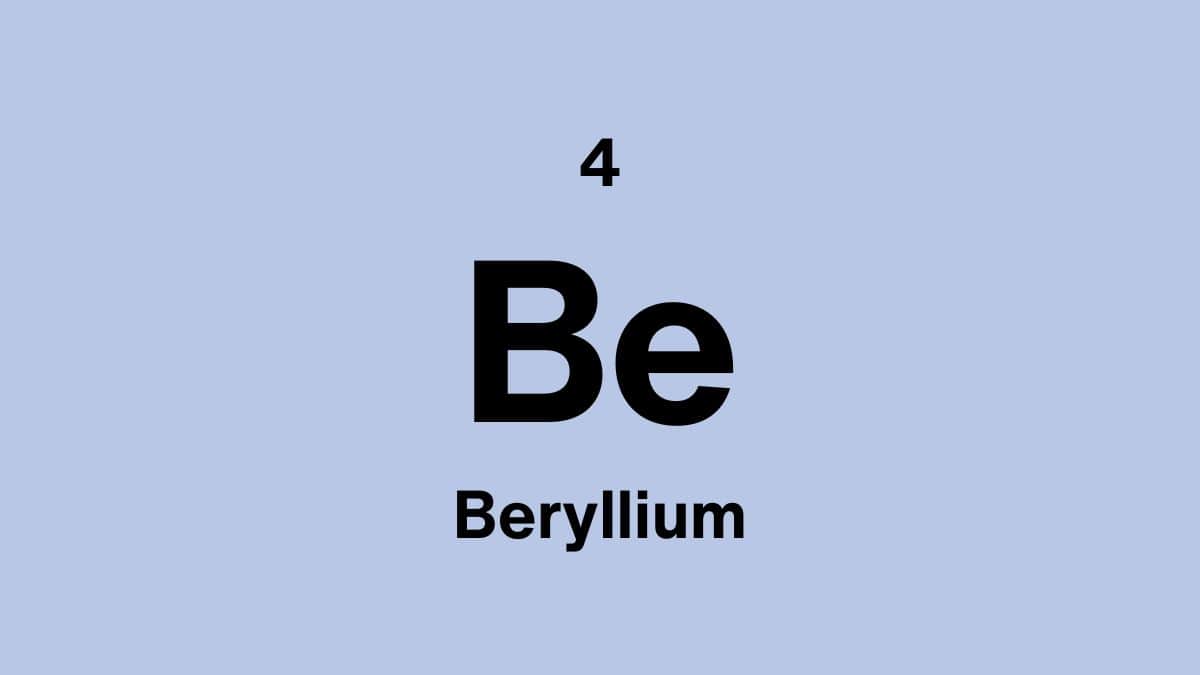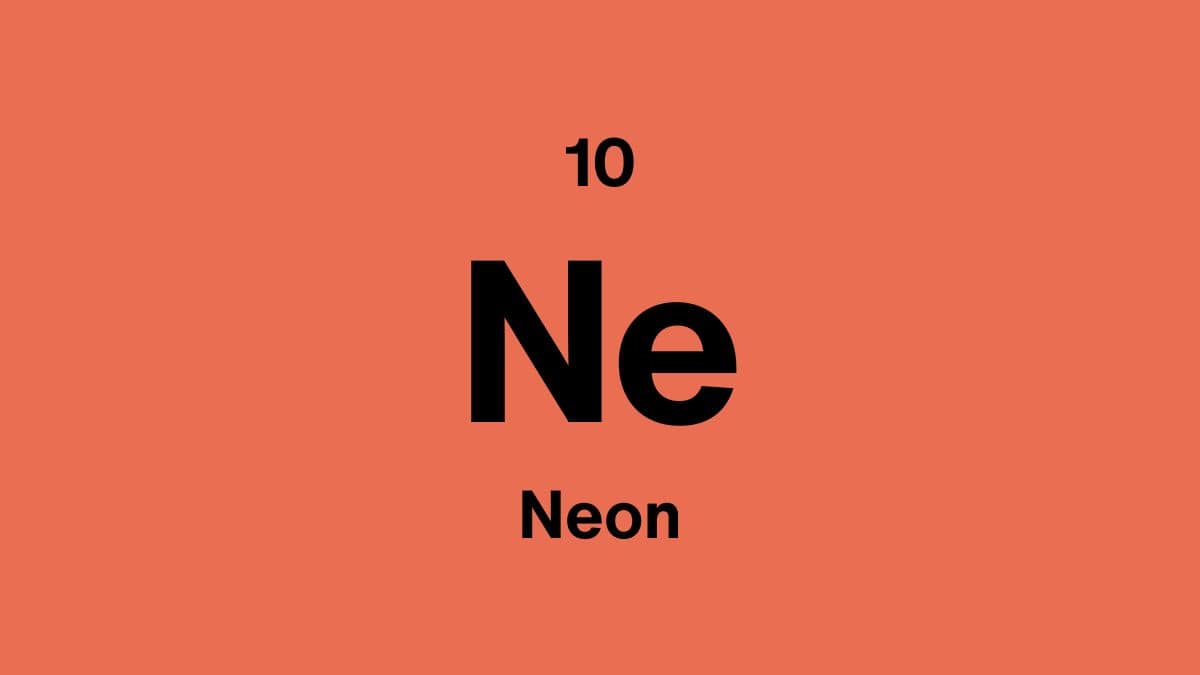Strontium uncovered: The vibrant element shaping pyrotechnics and technology
Alkaline earth metals are highly reactive, soft, and have metallic luster. Strontium is notable for producing brilliant red colors in fireworks, contributing to magnets, and enabling electronics innovations. Its chemical properties make it essential in both industrial and scientific applications.
In this article, we explore strontium's physical and chemical properties, natural occurrence, industrial uses, and its scientific and commercial significance.
Properties of strontium
| Atomic Number: | 38 |
| Atomic Symbol: | Sr |
| Atomic Weight (amu): | 87.62 |
| Electronegativity: | 0.95 |
| Melting point: | 777°C | 1431°F | 1050K |
| Boiling point: | 1382°C | 2520°F | 1655K |
What does strontium look like?
Strontium is a soft, silvery-white metal with metallic sheen. It oxidizes quickly in air, forming a yellowish surface. Its appearance is typical for alkaline earth metals, with a reflective surface that tarnishes upon exposure to oxygen.
Will we ever run out of strontium?
Strontium is relatively abundant compared to other specialty metals but is found primarily in minerals such as celestite and strontianite. Supply depends on mining and processing of these ores. Adequate reserves exist to meet current industrial and technological needs.
Can strontium be recycled?
Yes, strontium can be recovered from chemical residues and used in pyrotechnics, glass, and electronics. Recycling helps reduce environmental impact and dependence on mining.
Where can strontium be found?
Strontium occurs mainly in minerals such as:
- Celestite (SrSO4)
- Strontianite (SrCO3)
- Other trace alkaline earth minerals
Major producers include Mexico, Spain, and Turkey, with strontium extracted mainly from celestite deposits.
Is strontium expensive?
Strontium is moderately priced due to its availability in ores and demand in pyrotechnics and electronics.
Does strontium have a biological role?
Strontium has no essential biological role but can replace calcium in bones in trace amounts. It is primarily relevant for industrial and research applications.
What is pure strontium used for?
- Fireworks: Strontium salts produce vibrant red colors in pyrotechnics.
- Magnets: Used in ferrite magnets for electronics and motors.
- Electronics: Strontium compounds are applied in glass, ceramics, and photoelectric devices.
- Research: Isotopes of strontium are used in radiometric dating and laboratory studies.
What are the main compounds with strontium?
- Strontium Chloride (SrCl2) : Used in pyrotechnics, ceramics, and glass.
- Strontium Oxide (SrO) : Applied in ceramics, magnets, and glass.
- Strontium Carbonate (SrCO3) : Primary source for pyrotechnic and glass applications.
- Strontium Nitrate (Sr(NO3)2) : Used in fireworks and explosives for bright red coloration.
Who discovered strontium?
Strontium was first identified in 1790 by Scottish chemist Adair Crawford in a mineral from Strontian, Scotland. The element is named after the village of Strontian, where its ores were first found.
Is strontium dangerous?
Strontium metal and compounds are moderately reactive. Strontium reacts with water and acids, and some compounds are toxic if ingested in large amounts. Proper handling in laboratories and industry is required.
Fun facts about strontium
- Strontium produces brilliant red flames, which are widely used in fireworks displays.
- Strontium ferrite magnets are essential components in many electronic devices and motors.
- Strontium isotopes are used in radiometric dating of marine carbonates to understand geological history.
- Strontium salts can temporarily replace calcium in bones for research studies.
Scientific data verified from RSC, Britannica, and the Minerals Education Coalition.



